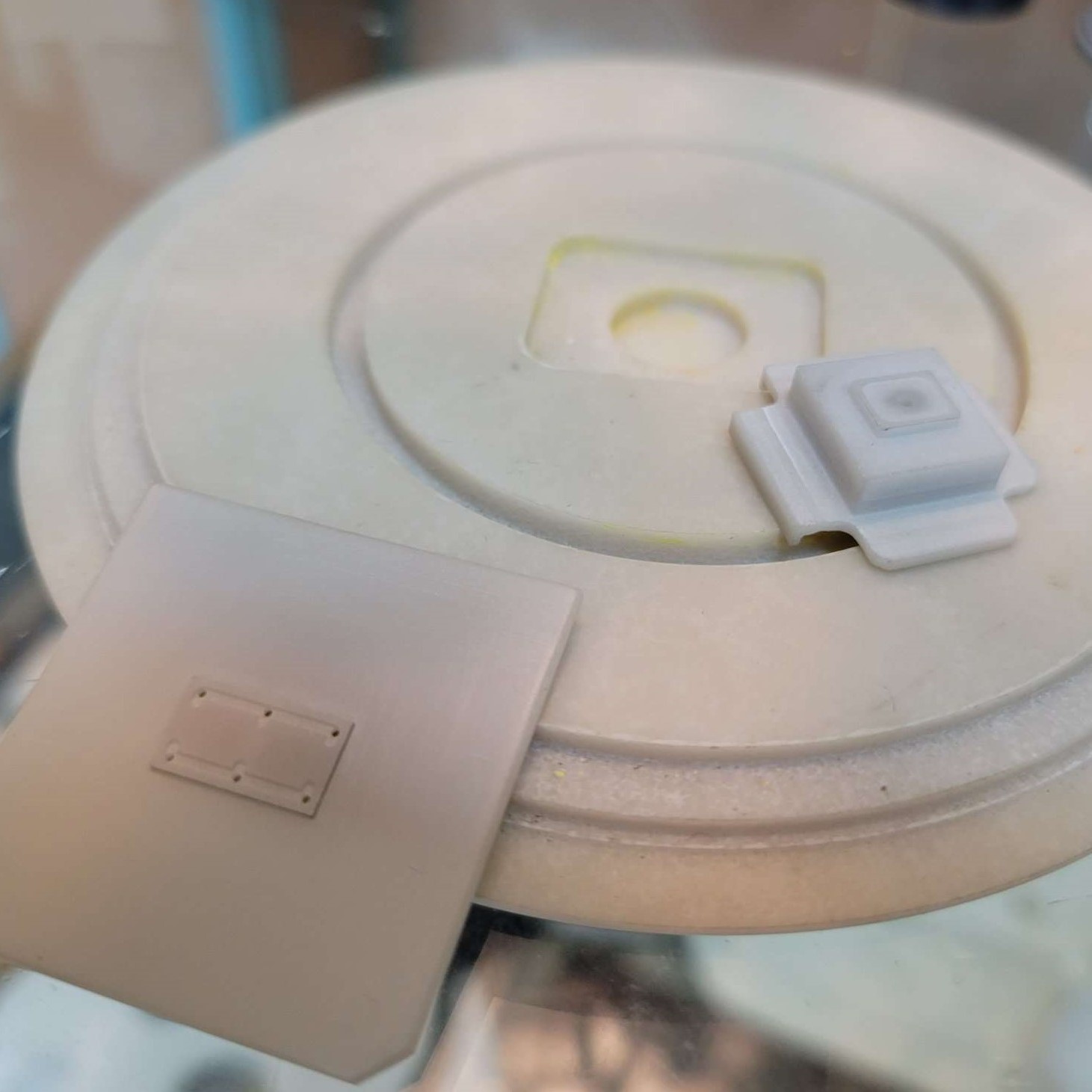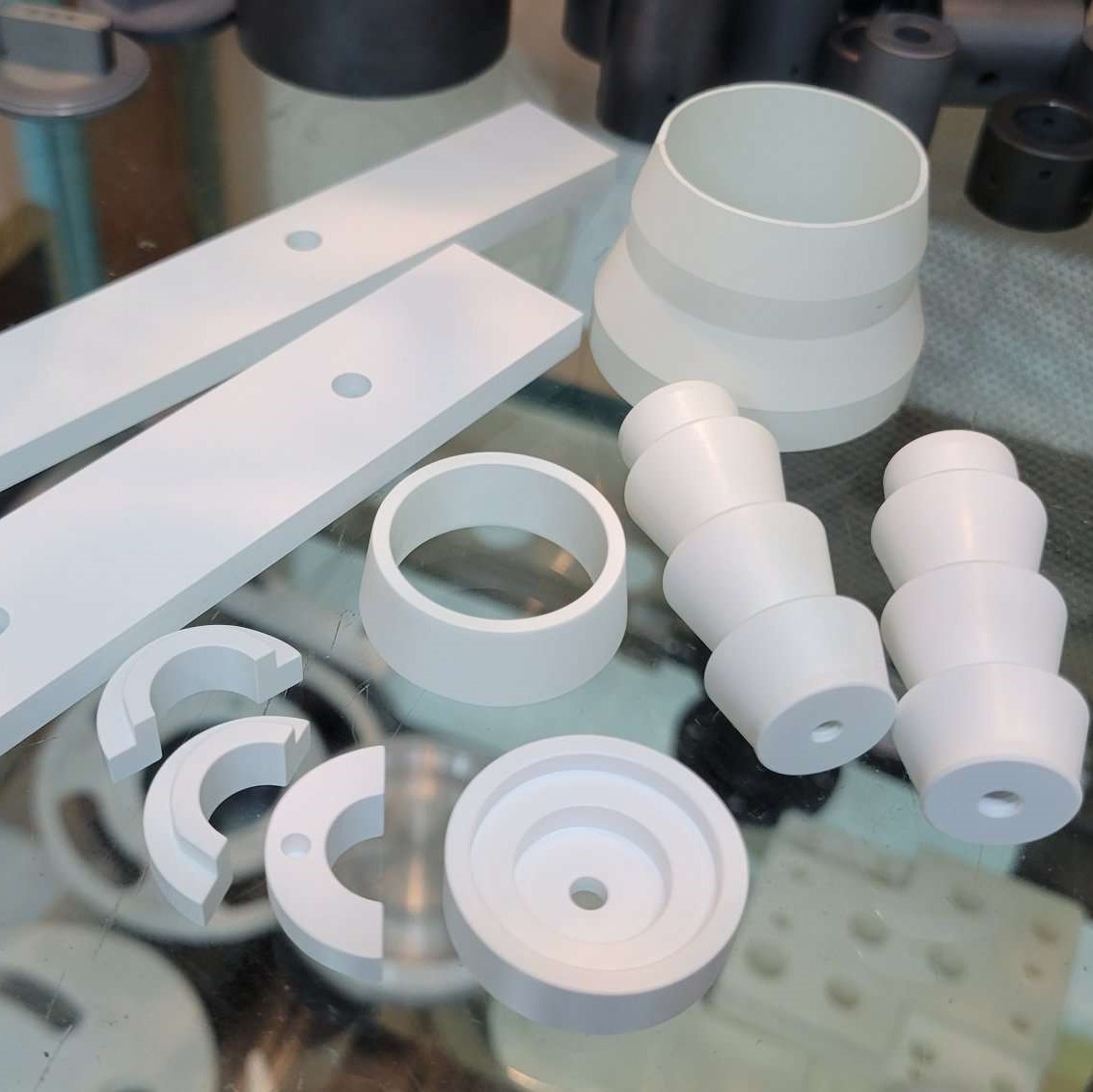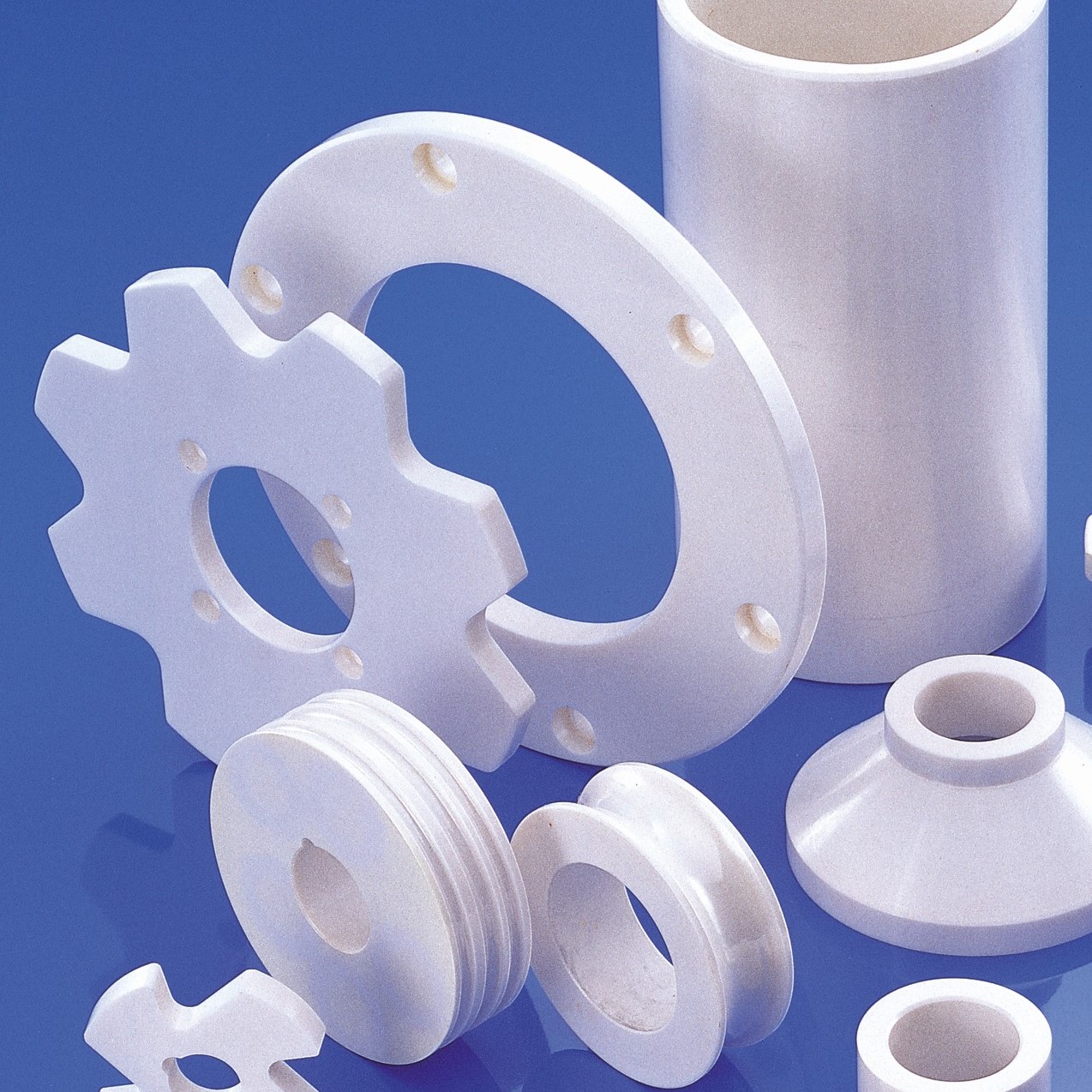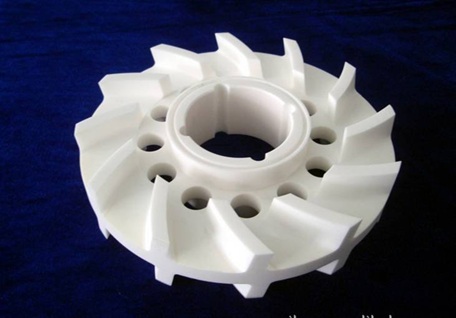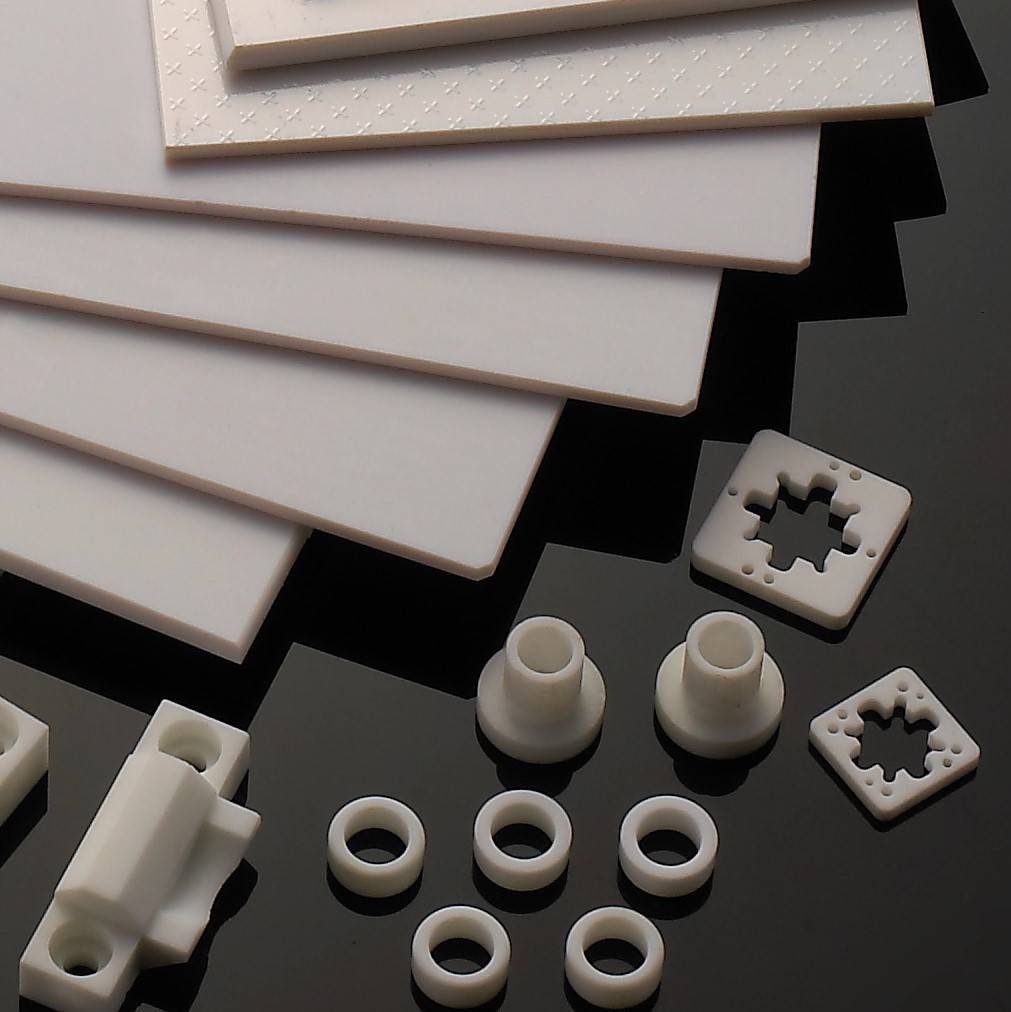Sapphire
Material Characteristics
High hardness, wear-resistant, with a hardness second only to diamond (Mohs hardness 9).
Chemically very stable, generally insoluble in water and resistant to corrosion by acids and alkalis. It can only be eroded by hydrofluoric acid, phosphoric acid, or molten potassium hydroxide at elevated temperatures (300°C).
Stable dielectric properties at high temperatures.
Good thermal conductivity.
High melting point, maintaining good stability at high temperatures, with a melting point of 2030°C.
Radiation stability.
Capable of enhancing optical radiation effects under certain conditions.
Excellent optical transparency, with high transmittance for infrared light.
Material Applications
Sapphire possesses properties such as a high melting point, corrosion resistance, high hardness, wear resistance, and electrical insulation, making it widely applicable in various fields including science and technology, national defense, civil industry, and electronics. In high-tech electronic components, it is used as a substrate material for blue/white LEDs, RFICs, and blue laser devices. In recent years, it has also found applications in specialized fields such as biomedical engineering.
With advancements in sapphire technology, a variety of sapphire-based products have gradually entered everyday life. Currently, sapphire is also used in sapphire glass, sapphire screens, sapphire lens protection covers, and sapphire jewelry, among other applications.
Material Data
Properties | Units | Sapphire | |
Mechanical | Density | g/cm3 | 3.97 |
Color | — | White/ Transparent | |
Water Absorption | % | 0 | |
Hardness | Gpa | 18.5-21.5 | |
Flexural Strength (20°C) | Mpa | 760-1050 | |
Compressive Strength (20°C) | Mpa | 2000 | |
Thermal | Thermal Conductivity (20°C) | W/m°k | 40 |
Thermal Shock Resistance (20°C) | ∆T(°C) | — | |
Maximum Use Temperature | °C | 2000 | |
Electrical | Volume Resistivity (20°C) | Ω-cm | 1016 |




